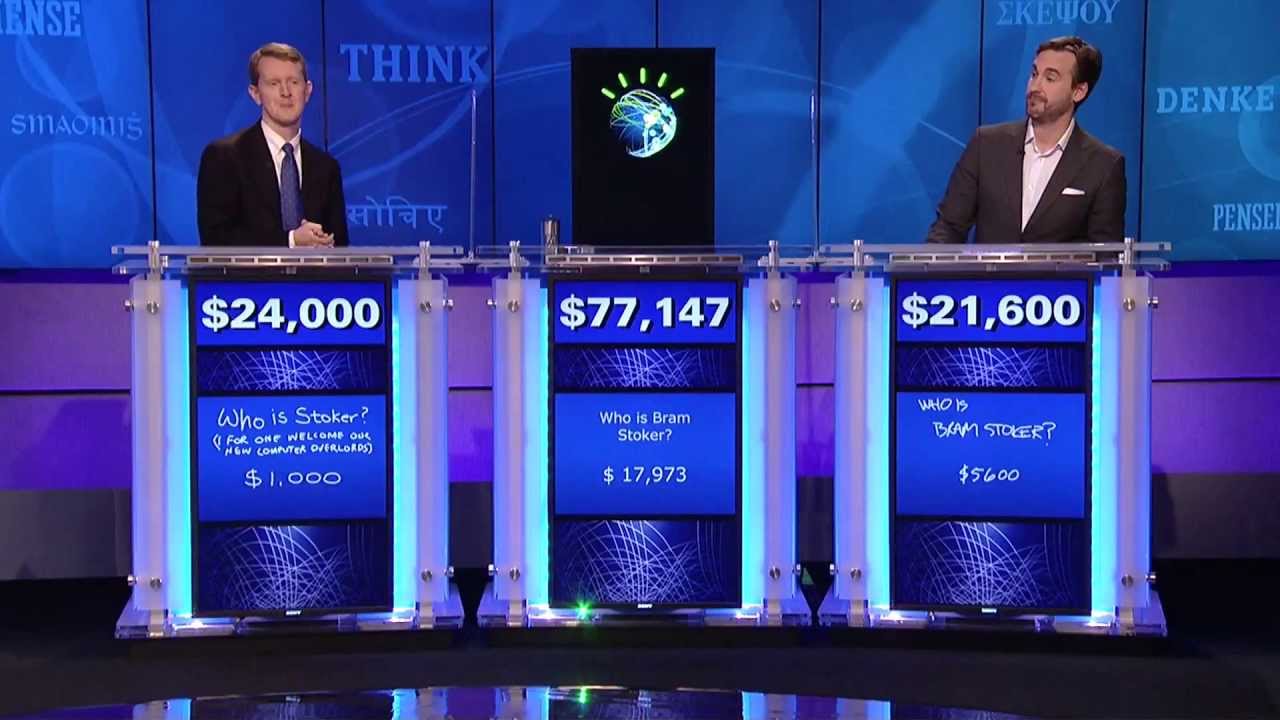IBM’s Watson may be the biggest thing ever or a huge disappointment, but it’s probably somewhere in between. The former Trebek foil didn’t “end cancer” as the company’s breathless press release suggested when it announced the AI would transition from game-show contestant to all-around problem solver. The in-flux firm has pretty much everything staked on successfully applying the machine’s analytical skills in myriad directions. In a Financial Times piece, Richard Waters reviews the process, which has numerous champions and just as many naysayers. An excerpt:
IBM’s initial plan was to apply Watson to extremely hard problems, announcing in early press releases “moonshot” projects to “end cancer” and accelerate the development of Africa. Some of the promises evaporated almost as soon as the ink on the press releases had dried. For instance, a far-reaching partnership with Citibank to explore using Watson across a wide range of the bank’s activities, quickly came to nothing.
Since adapting in 2014, IBM now sells some services under the Watson brand. Available through APIs, or programming “hooks” that make them available as individual computing components, they include sentiment analysis — trawling information like a collection of tweets to assess mood — and personality tracking, which measures a person’s online output using 52 different characteristics to come up with a verdict.
At the back of their minds, most customers still have some ambitious “moonshot” project they hope that the full power of Watson will one day be able to solve, says [IBM Head of Research John] Kelly; but they are motivated in the short term by making improvements to their business, which he says can still be significant.
This more pragmatic formula, which puts off solving the really big problems to another day, is starting to pay dividends for IBM. Companies like Australian energy group Woodside are using Watson’s language capabilities as a form of advanced search engine to trawl their internal “knowledge bases”. After feeding more than 20,000 documents from 30 years of projects into the system, the company’s engineers can now use it to draw on past expertise, like calculating the maximum pressure that can be used in a particular pipeline.
To critics in the AI world, the new, componentised Watson has little to do with the original breakthrough and waters down the technology. “It feels like they’re putting a lot of things under the Watson brand name — but it isn’t Watson,” says [Northwestern computer science professor Kris] Hammond.
[Allen Institute for Artificial Intelligence head Oren] Etzioni goes further, claiming that IBM has done nothing to show that its original Jeopardy!-playing breakthrough can yield results in the real world. “We have no evidence that IBM is able to take that narrow success and replicate it in broader settings,” he says. Of the box of tricks that is now sold under the Watson name, he adds: “I’m not aware of a single, super-exciting app.”•
Tags: John Kelly, Kris Hammond, Oren Etzioni, Richard Waters

